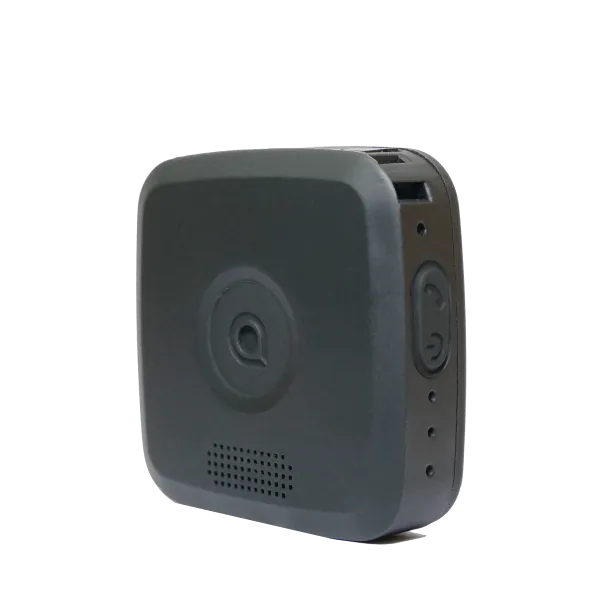How to Conduct a Stress Risk Assessment
Download our free Stress Risk Assessment template to help identify, evaluate, and manage common workplace stressors affecting employee mental health and wellbeing.
.webp)
Why Assessing Stress in the Workplace Matters
In today's fast-paced work environment, stress is a prevalent concern for many employees. Understanding the impact of work-related stress, depression, and anxiety is essential for fostering a healthy workplace. The following statistics highlight the alarming prevalence of these issues in Great Britain:
Workplace stress is a growing issue across the UK, significantly impacting productivity, morale, and overall employee health. Under UK legislation – including the Health and Safety at Work etc. Act 1974 – employers have a legal duty to protect staff from stress-related harm.
The HSE (Health and Safety Executive) outlines stress risk assessments as a key method for employers to identify potential causes of workplace stress and implement controls to minimise them.
The Cost of Ignoring Work-Related Stress
In 2023:
- 1.8 million UK workers reported a work-related illness.
- Stress, depression and anxiety accounted for nearly 50% of all reported cases.
- A YouGov survey found that 52% of employees feel “fairly” or “very” stressed at work, with 39% experiencing stress even outside working hours.
Ignoring these signs can lead to increased absenteeism, presenteeism, reduced productivity, and high turnover rates.
Common Workplace Stressors to Assess
When carrying out a workplace stress risk assessment, be sure to evaluate the following six key areas (as defined by the HSE Management Standards):
- Workload demands: High pressure, excessive hours, or unmanageable deadlines
- Control: Low autonomy or inability to influence work decisions
- Support: Lack of managerial or peer support, especially for lone workers
- Role clarity: Conflicting responsibilities or unclear expectations
- Relationships: Bullying, harassment, or unresolved conflicts
- Organisational change: Poorly managed restructuring or communication breakdowns
- For lone workers, stressors can be amplified due to isolation, increased vulnerability, or safety concerns – making this assessment even more critical.
What’s Included in Our Stress Risk Assessment Template?
Our editable Stress Risk Assessment template is designed to help health and safety managers:
- Identify and log stress-related hazards
- Rate the level of risk posed to employees
- Document existing and proposed control measures
- Assign responsibilities and review deadlines
- Ensure compliance with HSE guidance and best practices
- Use the form below to get instant access to this free resource.
Bonus Tip: Link Stress and Lone Worker Safety
If your business employs lone workers or mobile teams, consider including lone worker solutions (like personal safety devices or check-in tools) as part of your stress mitigation strategy. Feeling safe and supported on the job significantly reduces stress levels.
Explore how a lone worker safety solution can reduce psychological risk.
Download Your Free Workplace Stress Risk Assessment Template
Use the form below to receive your editable Stress Rick Assessment Template– a practical and professional way to support your health and safety management.
Your message has been received and we will be in touch shortly.



%20(7).png)






.webp)
.webp)








.png)
